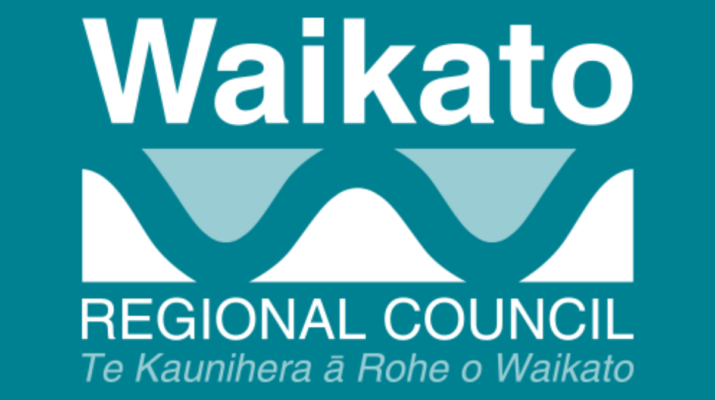WRC news
Focused efforts helped Waikato Regional Council make massive reductions in its carbon emissions, but extreme weather last year has taken it back to nearly baseline.
The council has been working to reduce its emissions since 2016-17, and its reduction target for 2022-23 was a 41 per cent reduction of its first inventory.
However, thanks to Anniversary Weekend flooding, cyclones Hale and Gabrielle, and a year of unprecedented rain in general, only a 1 per cent reduction was achieved.
The Climate Action Committee this week heard how the council had to significantly increase flood pumping, which increased the use of electricity and diesel by 266 per cent and 195.5 per cent respectively (53 per cent and 29 per cent of operational emissions respectively).
Climate Action Committee Chair Jennifer Nickel says the council has always been proud but cautious of its progress in lowering its corporate carbon footprint, having achieved a reduction of 44 per cent by 2021-22.
“We did really well, with different ways of working and reductions in air travel in particular,” says Cr Nickel. “We also had really dry weather.
“By taking the incredibly wet year we’ve just had as an anomaly, we’re still optimistic that we’re on track to meet our target of a 68 per cent emissions reduction by 2030 as we continue our understanding and implementation of innovative solutions.”
The council is maturing its understanding of its scope 3 emissions, which are emissions from its supply chain, to include in its yearly inventory. Emissions from public transport has already been introduced, and an understanding of organic soil emissions related to its drainage activities is currently being sought.
Several initiatives are underway to continue lowering emissions, including the installation of solar at all its offices, decarbonising the fleet, and working on a framework to achieve carbon emissions neutrality by 2050.
Cr Nickel says the committee was updated on the development of the framework, which looks at how the council can generate carbon credits as offsets by protecting and restoring indigenous biodiversity on land it owns and in partnership with others.
“There is a great opportunity for the council to do better in the biodiversity space while offsetting hard-to-abate emissions through the creation of new carbon sinks. Such carbon sinks would provide community benefits like flood attenuation or gains in the freshwater space, or even the sharing of credits in larger partnership activities.”

